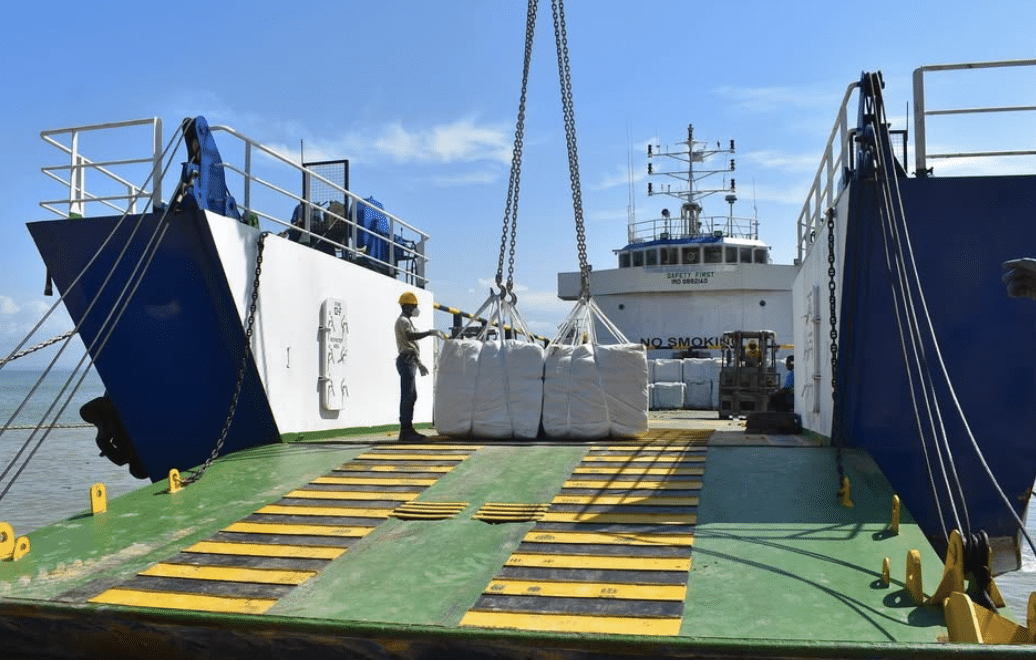Cargo ship with capacity for 540 tons of goods operates on the Soyo-Cabinda
Cabinda's Maritime Improvements and Economic Growth

In a recent year-end greeting ceremony, Suzana Abreu, the governor of Cabinda province, shared significant updates regarding maritime operations and economic development in the region. Her statements highlighted the government’s commitment to enhancing transportation and addressing local challenges. The governor emphasized the importance of maritime connections for the province’s economy and the well-being of its residents. This article delves into the key announcements made by Governor Abreu and their implications for Cabinda’s future.
Strengthening Maritime Operations
Governor Suzana Abreu announced exciting developments in the maritime sector during her year-end address. She revealed that the provincial government has reinforced the fleet of Secil Marítima, a local shipping company. A new ship with a capacity of 540 tons has been added to the fleet. This vessel is already operational on the Soyo-Cabinda route, transporting heavy cargo. The addition of this ship is expected to improve the efficiency of cargo transport between these two important locations.
Furthermore, the governor mentioned that Secil Marítima will soon receive another ship named ‘Cabinda.’ This vessel will focus on transporting mixed cargo along the same route. The increased frequency of operations is also noteworthy. Starting now, the catamarans operating on the Soyo-Cabinda-Soyo route will run daily, except on Sundays. This change aims to enhance connectivity and support local businesses that rely on maritime transport.
These measures are particularly crucial in light of the recent closure of the informal river station at Kimbumba in Soyo. This location was known for its role in smuggling fuel and food into Cabinda. By improving official maritime operations, the government aims to mitigate the negative impacts of this closure and ensure that essential goods reach the province efficiently.
Economic Development and Social Infrastructure
In addition to maritime improvements, Governor Abreu discussed broader economic development initiatives in Cabinda. She highlighted the ongoing construction of the Port of Águas Profundas do Caio and the Cabinda Refinery. These projects are expected to create jobs and stimulate economic activity in the province. The governor expressed confidence that these developments will lead to a more dynamic economy, benefiting the local population.
Power routing will reduce fuel costs by 6-8% for Corsica Linea
Abreu also reaffirmed the government’s commitment to implementing social infrastructure projects aimed at improving living conditions in Cabinda. She emphasized the importance of ongoing projects in various sectors, including education, agriculture, and health. The governor noted that agriculture is a fundamental pillar of the province’s economy and stressed the need for continued investment in this area.
Moreover, she mentioned initiatives focused on water supply, maintenance of the macro-drainage system, electrification, and the construction and rehabilitation of communication routes. These projects are designed to enhance the quality of life for residents and address pressing social issues. The governor’s proactive approach has garnered positive feedback from civil society members, who recognize her efforts to improve the social situation in Cabinda.
As the year comes to a close, Governor Suzana Abreu’s announcements reflect a strong commitment to enhancing maritime operations and fostering economic growth in Cabinda. With ongoing projects and a focus on social infrastructure, the province is poised for a brighter future.
